These Tiny Creatures were Found to Have Played a Crucial Role in the Emergence of Life on Earth
In an unexpected discovery, rocks from Maryland, USA, have provided insight into the tiny creatures that ignited life on Earth.
Prehistoric marine worms might have played a crucial role in the Great Ordovician Biodiversification Event.
Evolution History
“It’s really incredible to think how such small animals, ones that don’t even exist today, could alter the course of evolutionary history in such a profound way,” remarked Johns Hopkins University geobiologist Maya Gomes.
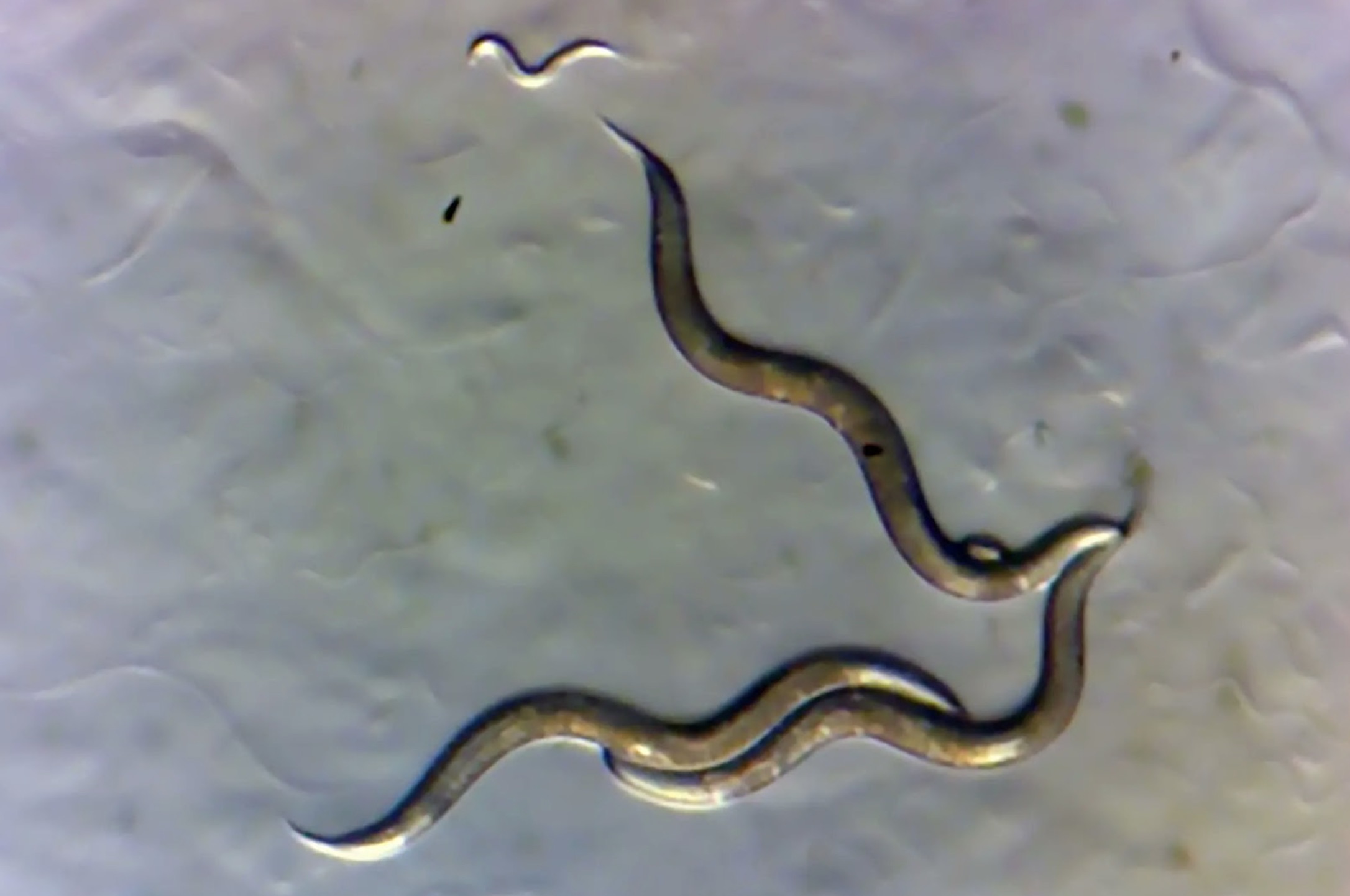
Source: CarlosP95095856/X
Maya Gomes is from the Morton K. Blaustein Department of Earth & Planetary Sciences.
Elevated Pyrite Levels
Researchers detected elevated levels of a mineral called pyrite in a specific sediment layer.

Source: Chip Somodevilla/Getty Images
This finding was consistent across nine sites in Chesapeake Bay.
The Balance of Oxygen in Pyrite Formation
The formation of pyrite from sediment minerals requires a steady supply of oxygen.
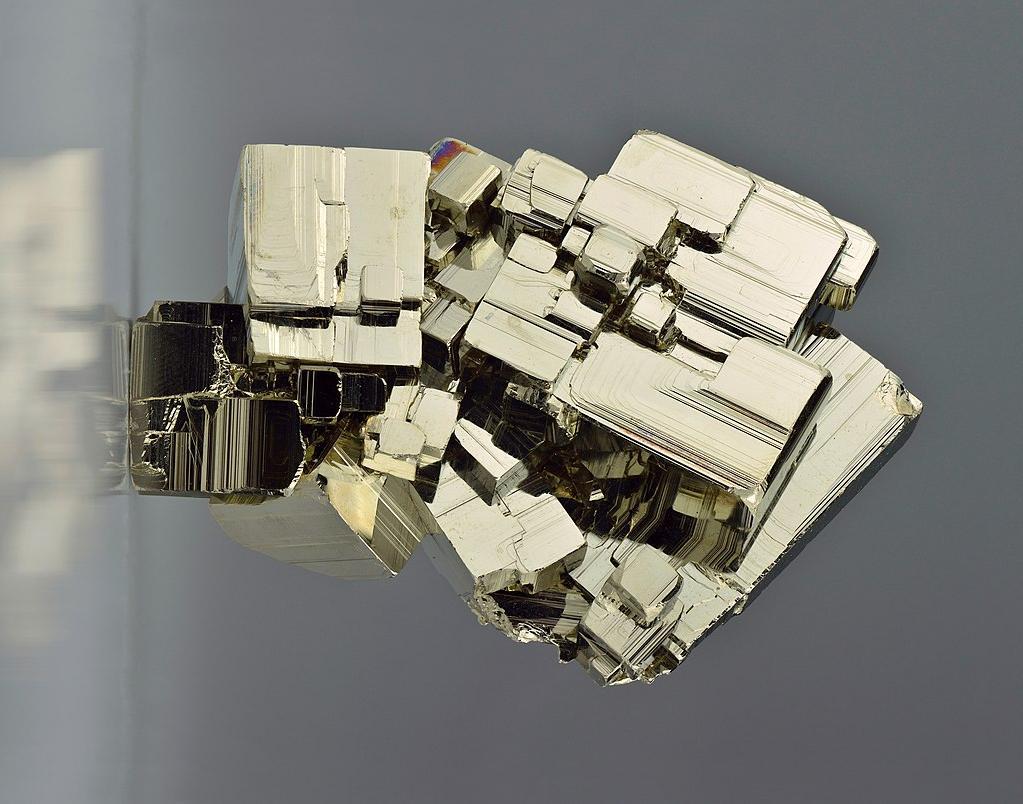
Source: Wikimedia
However, pyrite also readily reacts with oxygen.
Increased Oxygen Concentrations
As more pyrite forms and is subsequently buried, oxygen concentrations can increase.

Source: Jeremy Bishop/Pexels
This relationship allows for a buildup of oxygen.
"It's Kind of Like Goldilocks"
“It’s kind of like Goldilocks,” explained Johns Hopkins paleoclimatologist Kalev Hantsoo.
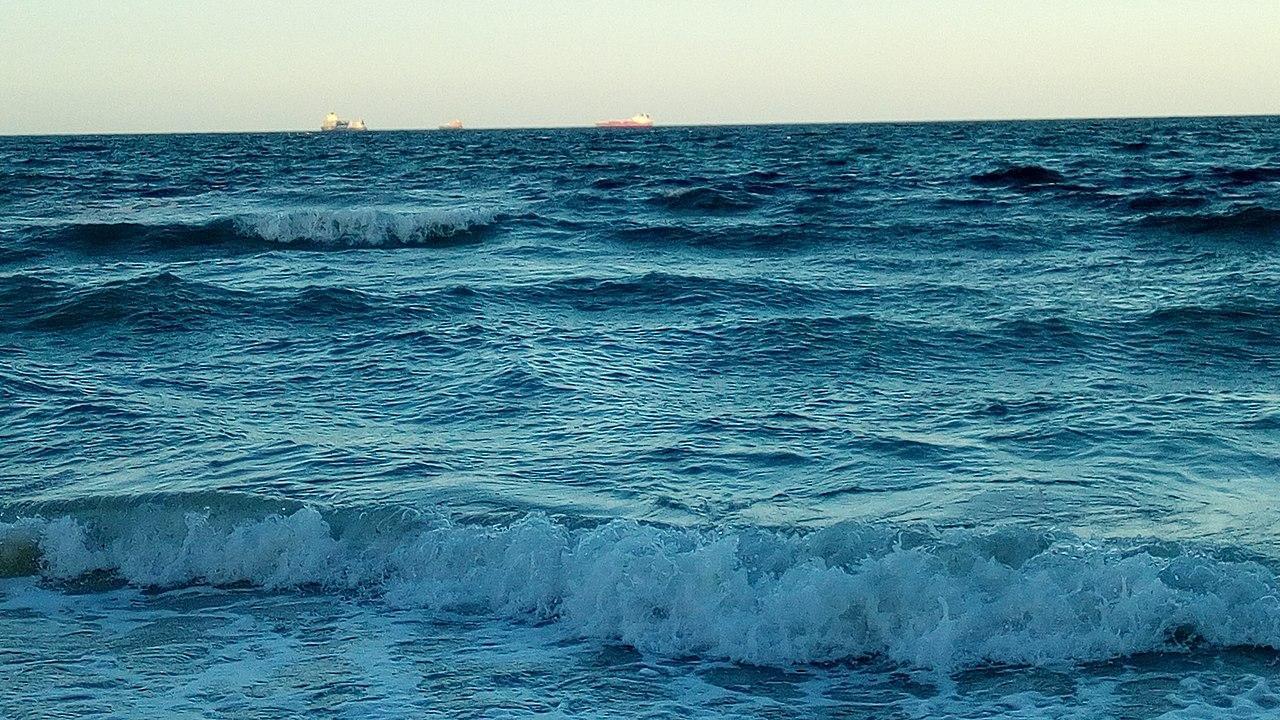
Source: Wikimedia
“The conditions have to be just right. You need a bit of mixing to introduce oxygen into the sediment, but not so much that the oxygen destroys all the pyrite, preventing any net buildup.”
Ocean Floor Activity Prevented Oxygen Depletion
The sediment’s pyrite levels indicate that something was stirring the ocean floor.
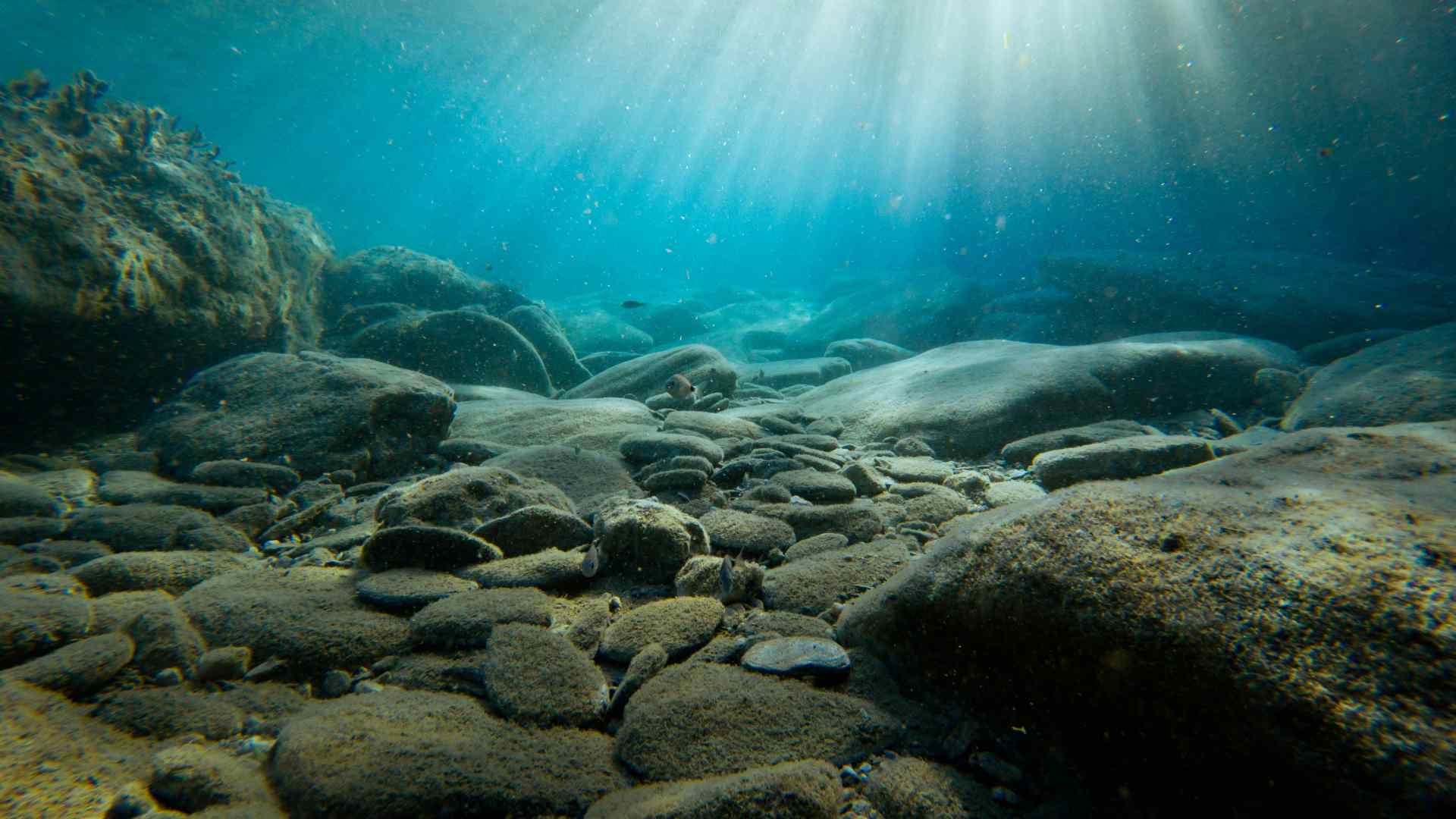
Source: Yannis Papanastasopulos/Unsplash
This activity prevented the mineral from depleting too much of the rising oxygen levels.
Early Sediment Mixing
Hantsoo and his team strongly suspect these early sediment mixers were burrowing worms.
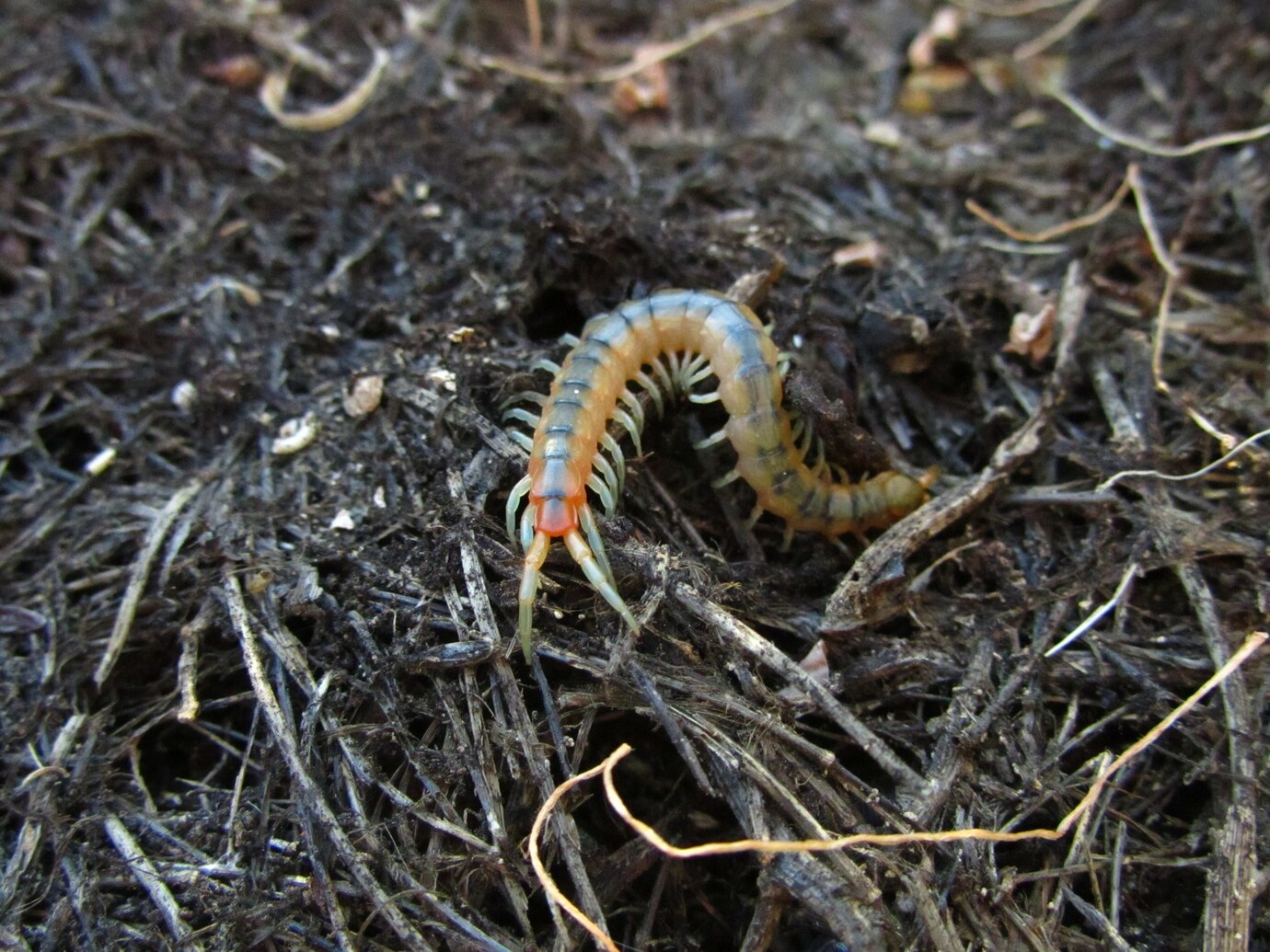
Source: wirestock/Freepik
They also believe other seafloor-interacting creatures played a role.
Researchers’ Hypothesis
The researches made a statement following their hypothesis.

Source: Wikimedia
“We hypothesize that pyrite burial […] increased during the protracted onset of bioturbation.”
Oxygen Bursts from Worms’ Burrowing Activities
These oxygen bursts, partially generated by the worms’ burrowing activities, appear to have contributed to the explosion of life’s diversity on Earth.
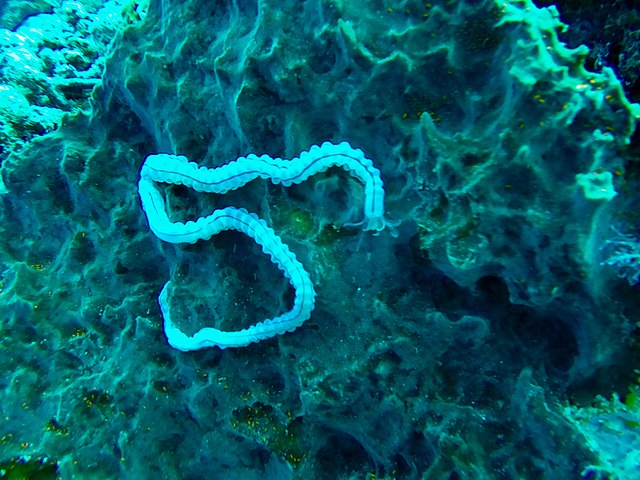
Source: Wikimedia
This increase in oxygen played a significant role in the diversification of life.
Insights from Early Ocean Chemistry
“There’s always been this question of how oxygen levels relate to the moments in history where evolutionary forces are ramped up and you see a greater diversity of life on the planet,” Gomes noted.

Source: Wikimedia
“With this work, we’ll be able to examine the chemistry of early oceans and reinterpret parts of the geological record.”
Worms’ Ongoing Role in Bioturbation Enhances Nutrient Cycling
Worms continue to play a significant role in bioturbation today, mixing the top layers of soil.
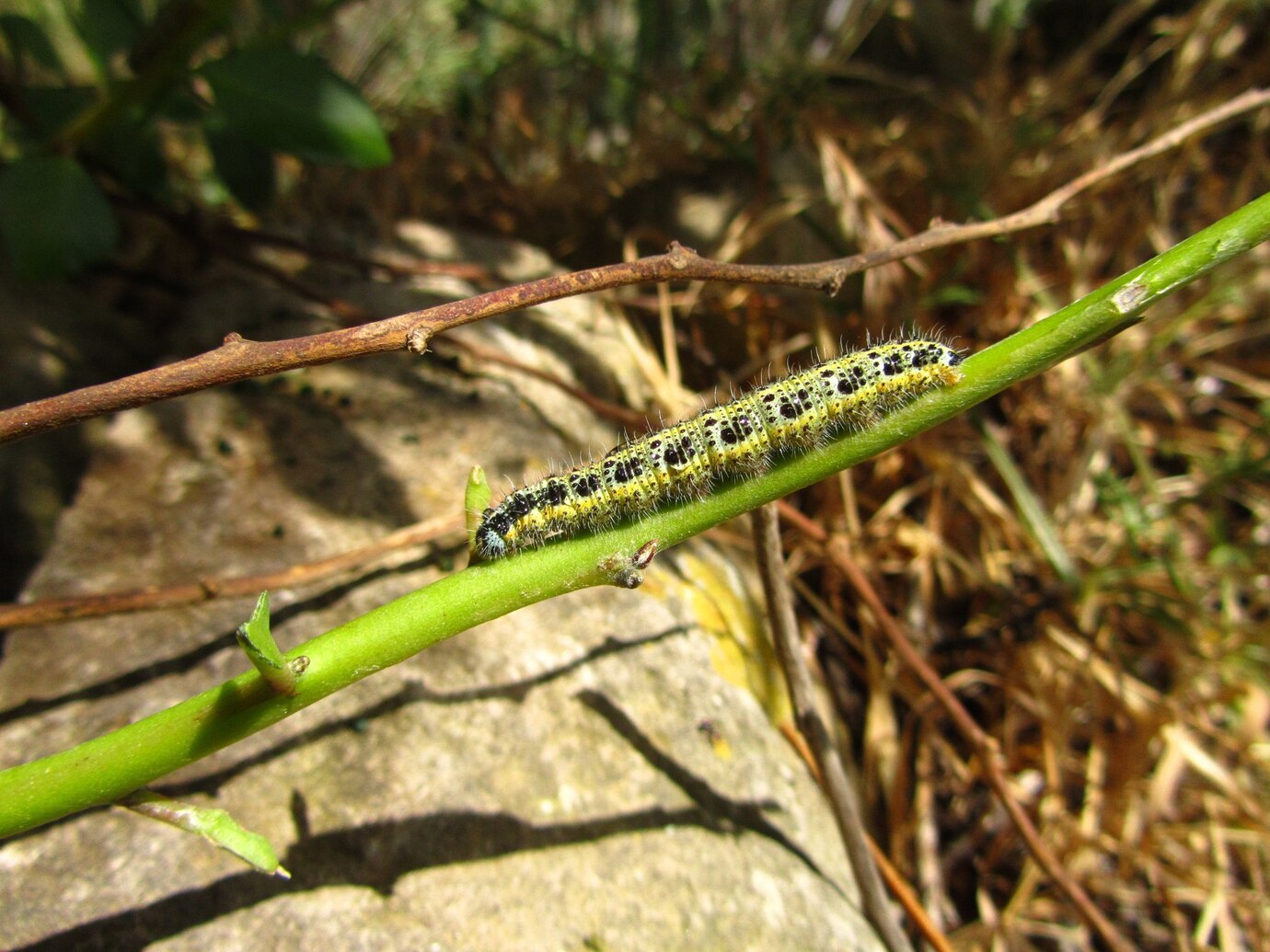
Source: wirestock/Freepik
This allows fluids and oxygen to enhance the cycling of essential nutrients, including iron, sulfur, and carbon dioxide.
